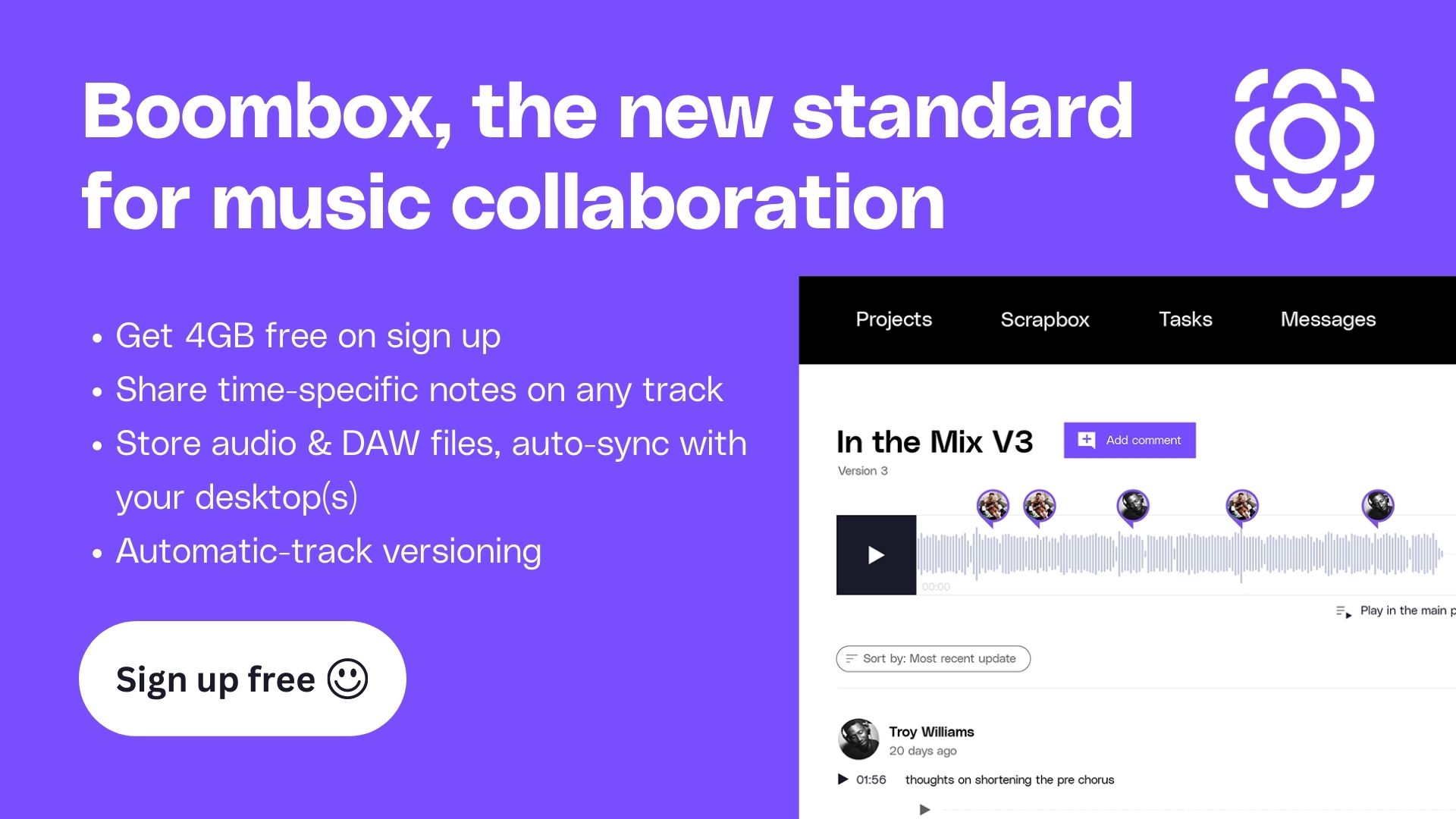Ever wonder what mixing plugins the pros use to get that top-range industry sound? We got you. Our Content Lead Fabio interviewed legendary mix engineer Rafael Fadul about his desert island plugins.
Rafael has worked with Dua Lipa, Juice WRLD, Benson Boone, and Lincoln Park. He’s even worked with the infamous Dave Pensado. So if you’re ready to learn from the pros, you’re in the right place.
Here’s the highlights of Fabio’s conversation with Rafael.
Fabio: Rafael, welcome. Thank you so much for being here and sharing your knowledge with us. Why don’t you start us off with your desert island plugins?
Rafael: It would definitely be the Channel Strip 3. That’s my go-to EQ for sure.
Fabio: Why would you use it over the Pro-Q3?
Rafael: I just got used to it. I feel like I know exactly what I’m doing, and I don’t have to change too much. You know, I don’t have to search for things.
It doesn’t go as narrow as the other EQs. it’s pretty narrow, but it’s not as surgical as the others, like you can go pretty crazy with the Pro-Q3.
Fabio: It’s nice to have an all-in-one solution readily available with compression, gate, and phase.
Rafael: My other desert island mixing plugin would be another channel strip, like the UAD one. I also like the brainworks one. If I need to do a quick move in the mix, I like having all of it in front of me.
Fabio: Do you find that channel strips help you make decisions quickly in the beginning of the mixing process?
Rafael: Oh yeah, definitely. It’s more instinctive. Because the numbers on the channel strips are so tiny, I don’t even look. I’ll try out some stuff and then sweep frequencies. Sometimes I’ll do 10db and then sometimes I’ll do .2db of something until I find something that I think sounds good.
Rafael: When I first started engineering, my mentor had a couple of rooms, one with an Eve and another with an SSL, so I got used to seeing channel strips in front of me.
Another desert island plugin would be the Neve 1073. You can get such different tones from the instruments by playing with the input and output.
Fabio: So next on the list, are your workhorse plugins. These are the best mixing plugins you find yourself using in every session.
Rafael: The Brainworx V3. For mid-side EQing, taking stuff out of the vocals, this works really well.
Fabio: Thank you for the examples. Let’s move on to your special or honorable mention plugins.
Rafael: I love EQs. I love EQ stuffing, even if it’s just a little or a lot. I feel like that’s where a lot of the emotion is. When we listen to something really close or far away, the EQ is very noticeable.
Whether someone’s whispering in your ear, or singing right in front of you, or singing from the back of the room, you can create an impression of all these things with EQ. You can adjust the depth, the presence, even the dullness—basically whatever you want to do.
I’m a big fan of the Manny Marroquin EQ. I think it’s super musical.
I also love the KClip by Kazrog. You can use it as a multi-band clipper. I just need it to do its job, pretty basic.
If it flattens out a little bit then I’ll use SPIFF by oeksound (another honorable mention) to adjust the energy.
It can also be the other way. If some vocals are too intense or an acoustic guitar is too pick-heavy, you can roll it back. It’s a great all around tool.
Another one I like is soothe2. This is one that everyone knows and loves. The combination of these two works really well.
Fabio: I noticed that you have Kclip3 and Standard Clip next to each other. Is that because you switch between the two clippers based on the source material?
Rafael: Yes, that’s exactly why. I usually keep plugins inactive to remind myself of when I tried something earlier and didn’t like it.
Fabio: Do you have any final mixing tips you’d like to share?
Rafael: When I was working with Dave Pasado as his assistant, he told me that people like to work with you because of your taste. So you want to try and find people with compatible tastes.
The only way I think you can find these people is by working with as many different collaborators as you can.
Fabio: Kind of like dating?
Rafael: Yeah, I think so. It worked out for me.
Fabio: What’s your next tip?
Rafael: Watch out for those peaks. Check your meters because they can help here. See how much more space you can get by controlling unnecessary peaks. You don’t need all that attack, you know? If it’s an acoustic song or a pop record, maybe it doesn’t need all that impact on the kicks, like an EDM song might have.
You can clippers, or however you want to control it. Either way, controlling peaks can give you a lot of space for things that aren’t shining as much.
Fabio: Rafael, thank you so much for joining us today. This has been absolutely amazing.
***
Did you find these tips from Rafael useful? What do you think are the best mixing plugins? Let us know in the comments on YouTube.
And don’t forget to sign up for Boombox to store all your mixes. It’s totally free, and you’ll get four gigabytes of storage for no cost when you sign up.

